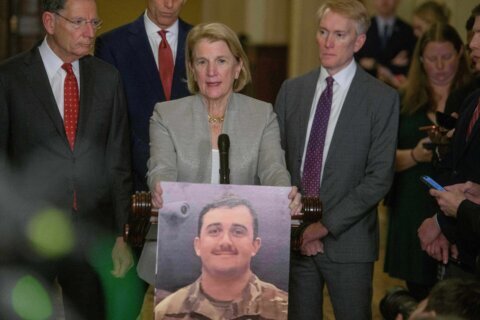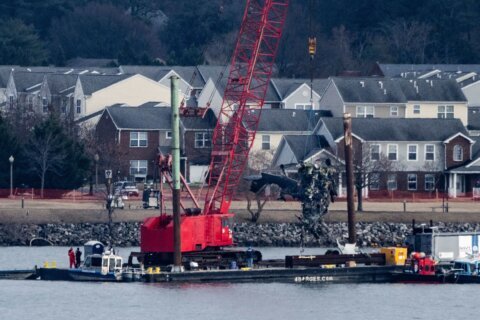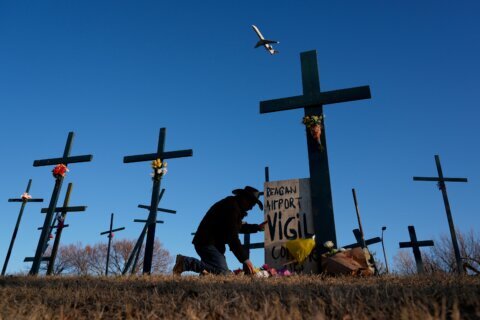D.C. Mayor Muriel Bowser was peppered with questions about affordable housing Thursday during an unveiling on Vine Street in Northwest meant to highlight her administration’s $400 million investment into shoring up affordable housing.
Bowser announced that $400 million would be made available from the Housing Production Trust Fund (HPTF) to build and preserve affordable housing across the District.
Bowser had pledged to make an annual investment of $100 million to the HPTF, which she has done for the last six years. This one-time $400 million infusion brings the total investment so far to $1 billion.
But some community members had other questions.
“I have been on the housing list since 2006, and that is a long time to be on any housing list, let alone the housing list in D.C.” one woman said. “So my concern is, I understand that we are here for this purpose, but we have to address this long list of people that are waiting that is causing the homelessness, because we don’t have any affordable units.”
Subsidies, utilities and parking were another issue for one community member.
“On top of the market, places want $250 to $300 [for] parking; you gotta pay gas, electric, water, trash and sewer,” a second resident said to the mayor. “So to me, that’s not affordable, and I’ve been a property manager for over 20 years, and now I can’t afford nowhere to live in D.C., and it doesn’t make any sense.”
Bowser said affordable housing doesn’t take parking into consideration.
“That’s not rent,” the mayor said.
Jair Lynch, president and CEO of Jair Lynch Real Estate Partners, the developer of the 218 Vine Street project — which D.C. said will have 129 units for senior affordable housing — defined affordable housing as “a single person making under $55,000 a year. And that is for the entire project. And we have units that are for people making $30,000, $40,000, $50,000 a year.”
“And that is what we’re targeting at this project,” he said. “The overall goal across the city is to create both affordable and moderate income housing. But this one is dedicated to those specific customers and the people who work very hard at those income levels.”
Bowser said she wants people to live in the District, “but people think they can’t afford to live here. And they live out in the suburbs, and they commute far distances.”
Highlighting that she used to live in Riggs Park in Northeast, Bowser said potential residents aren’t considering some “neighborhoods because they’re not sure about grocery or parks or safety.”
“So, they think that those are neighborhoods, even though they can afford it, are not places that they want to live,” Bowser said. But the city is “transforming neighborhoods.”
She said “there are lots of places in D.C. where people can live. And it’s our job to make sure they’re places that people want to live.”
D.C.’s housing production goals can be found online.
Residents of one of the city’s homeless encampments recently spoke to WTOP about the District’s plans to clear them out.
According to D.C. officials, a new program to clear the encampment under the L Street Northeast overpass and two others includes intensive case management and expedited access to permanent supportive housing.
Some people told WTOP they have lived there for three years or more, and they think this is happening now because of new apartments and stores being built steps away.
WTOP’s Kyle Cooper contributed to this report.








